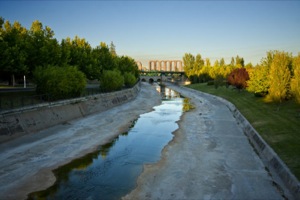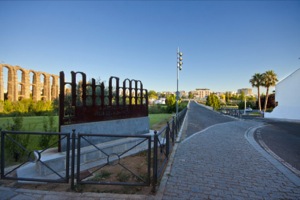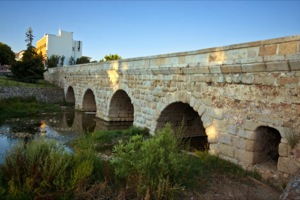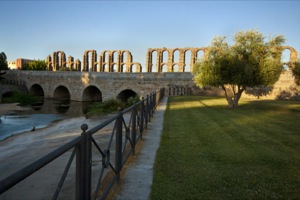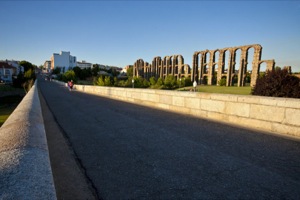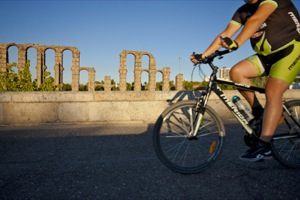Art and culture
Roman bridge on the Albarregas River
Built when the Roman city of Emerita Augusta was founded, the bridge on the Albarregas River is still in perfect condition and includes some of its original features.
- Explore
- Roman bridge on the Albarregas River
Where the Silver Way starts
Location and Contact:
- Contact person: Consorcio Ciudad Monumental de Mérida
- Tel.:+34 924 00 49 08
- Fax: +34 924 00 49 16
- Email: visitas@consorciomerida.org
- Website address: www.consorciomerida.org
-
Built when the Roman city of Emerita Augusta was founded, the bridge on the Albarregas River is still in perfect condition and includes some of its original features.
It was built in the 1st century, when Mérida was founded, as well as many other monuments that still stand today and that are part of the city's history and artistic heritage.
This simple structure that crosses the Albarregas River is 125 metres long and was built to connect Mérida with the north of the Peninsula. This trail went on to become the Silver Way.
We can see its four open semicircular arches resting on solid piers. The face is made up of bolstered granite ashlar blocks, laid out in regular rows. It has a cornice on top that was placed in the 19th century, to adapt the bridge to modern needs.
Despite various alterations and repairs that have been carried out over the centuries, the Roman bridge on the Albarregas River is perfectly preserved and looks like it has remained almost intact. It is currently a pedestrian bridge and runs parallel to Los Milagros Aqueduct. -
- Origin:
-
- Romanisation (BC)
- Construction:
-
- Bridge
- Art period:
-
- Romanisation
- Roman
- Period in history:
-
- Various periods
- Various styles
- Romanisation
- Official name :
-
- Historic-artistic site
Gallery:
More suggestions
-
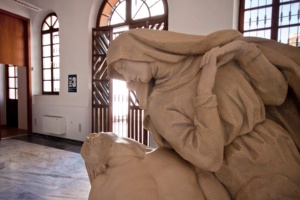
Museum of Mérida
The Museum of the Town of Mérida houses a collection on the Mérida-born sculptor and other pieces that take one on a route through the town's history.
-
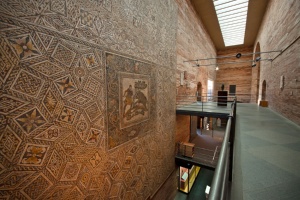
National Roman Art Museum in Mérida
The National Roman Art Museum (MNAR) shows the visitor different sides of daily life in the province of Hispania.
-

Extremadura Geology Museum
Its collection has made this museum one of the most important of its kind.
-
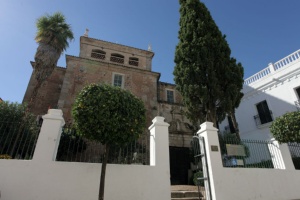
Museum of Visigoth Art and Culture
The collection of Visigoth pieces in this museum brings together relics from Mérida from the 4th-8th centuries, as the capital of the Diocesis Hispaniarum and as the metropolitan capital of the province of Lusitania
-
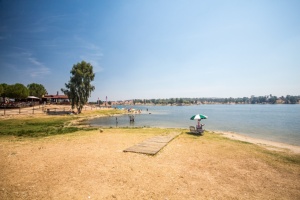
Proserpina reservoir
Proserpina reservoir, within easy reach of Mérida, dates back to Roman times and forms part of the region's archaeological ensemble, which has received the UNESCO World Heritage designation.
-

Basilica of Santa Eulalia
A space included in the archaeological complex of Mérida, and a showcase within the regional capital as it contains the town's patron.
-
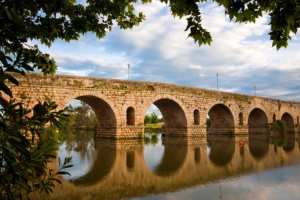
Roman bridge on the Guadiana River
In the city of Mérida, on one of the most shallow sections of the Guadiana River, we find a bridge built in the 1st century, at the same time as the foundation of Emerita Augusta. Thanks to its large size and features it is one of the most important Roman bridges in the Peninsula.
-

Remains of Roman thermae in Mérida
Without a doubt the capital of Extremadura is one of the region's enclaves with the most thermal bath constructions.
-
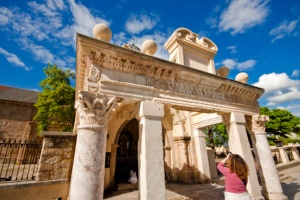
Remains of the Temple of Mars
The basilica of Santa Eulalia in Mérida contains the remains of the Roman temple of Mars in its atrium, known as "el hornito".
-
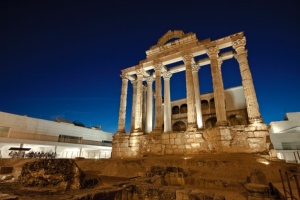
Roman Temple of Diana
It is a beautiful religious Roman building, very well preserved, that is part of Mérida's archaeological ensemble.

